Julien Meert / Interface / 15.09 - 30.10 / 2021
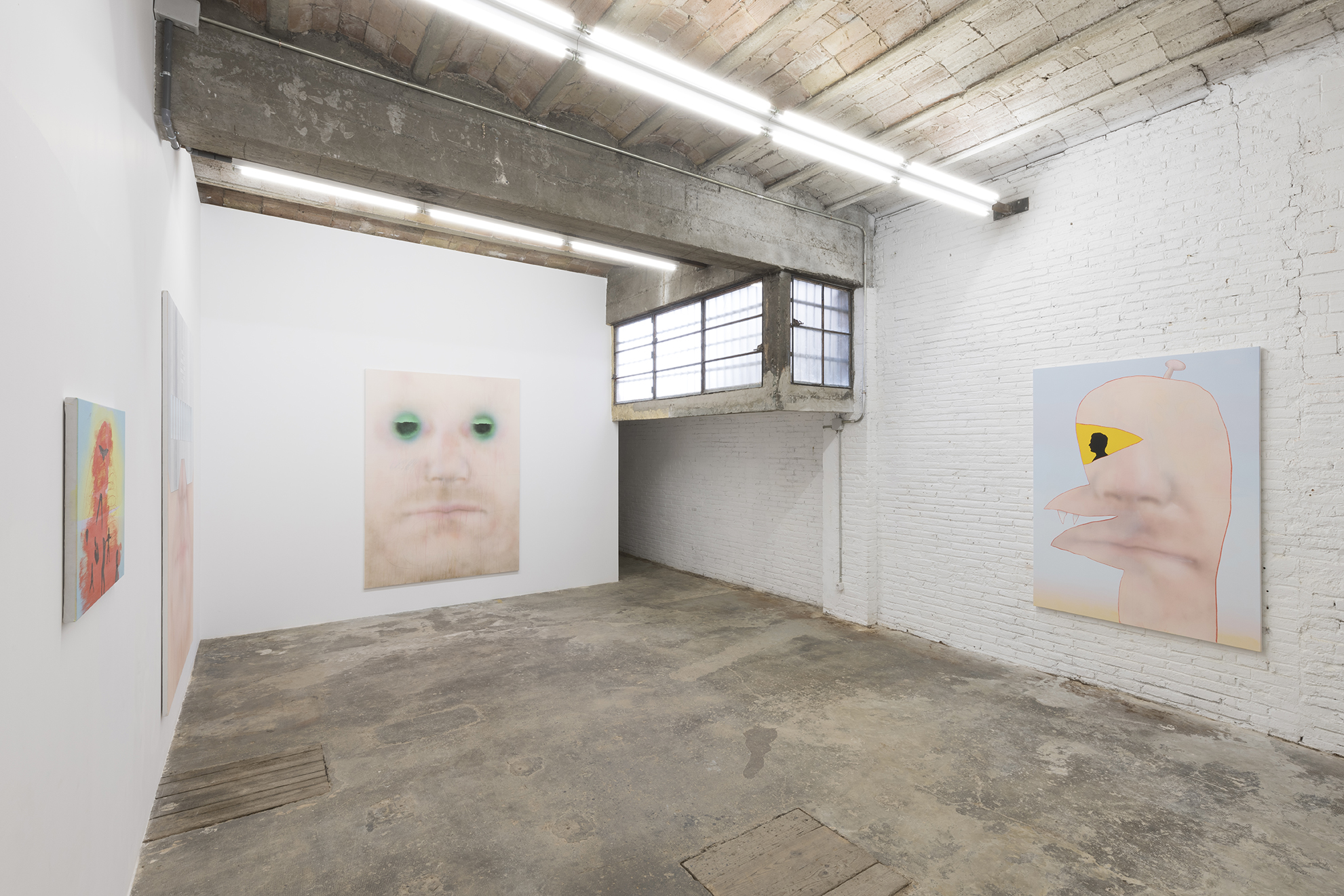
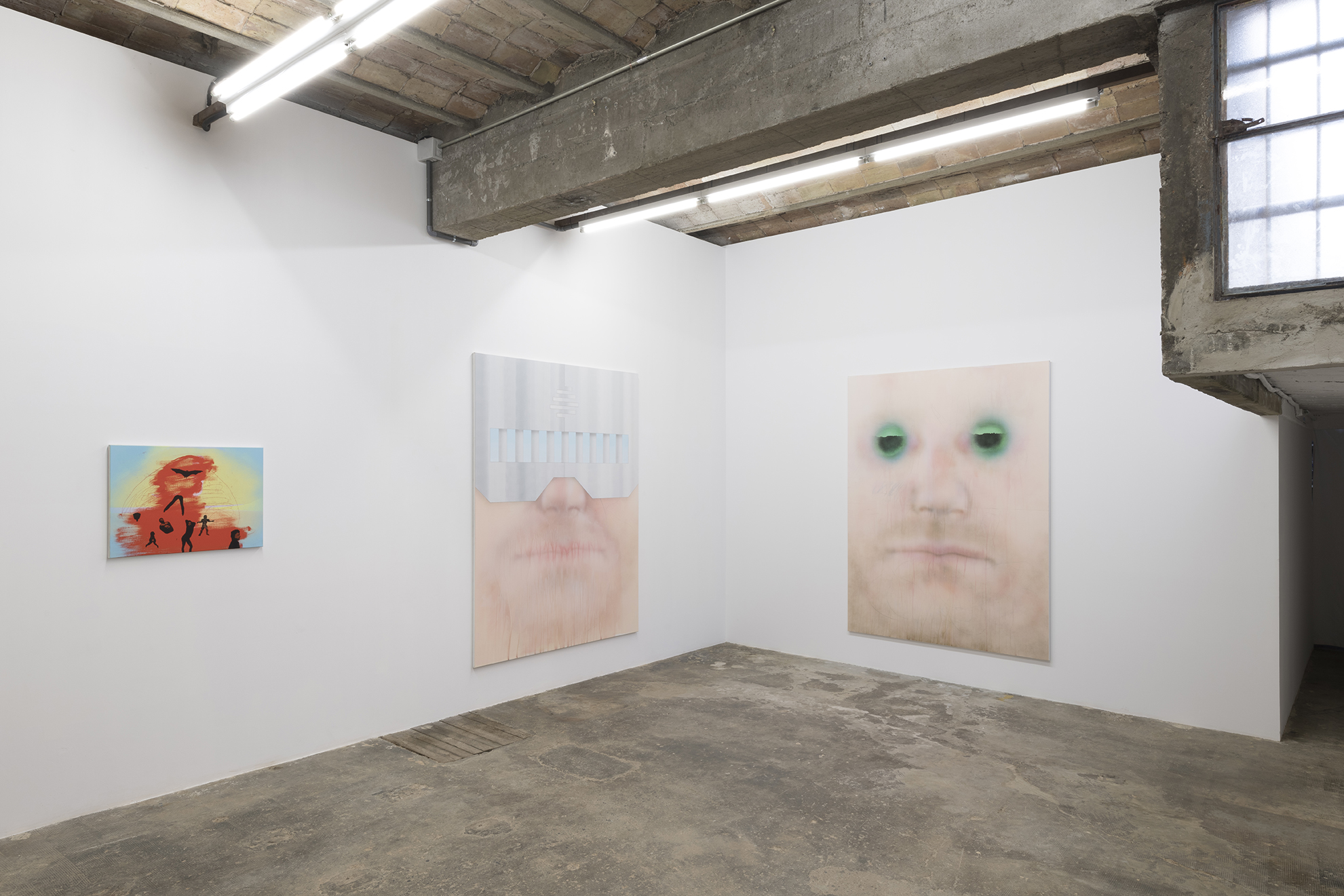
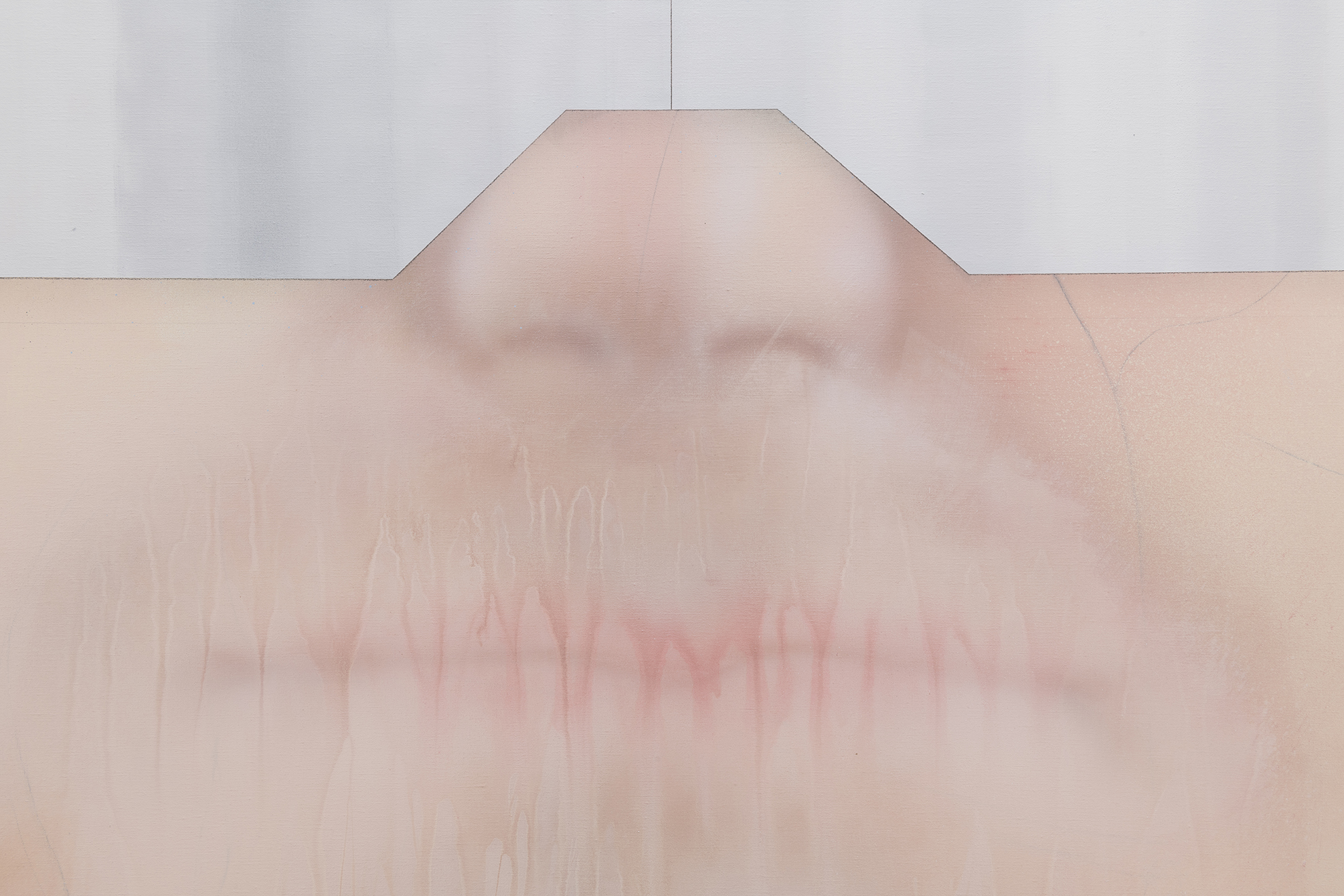
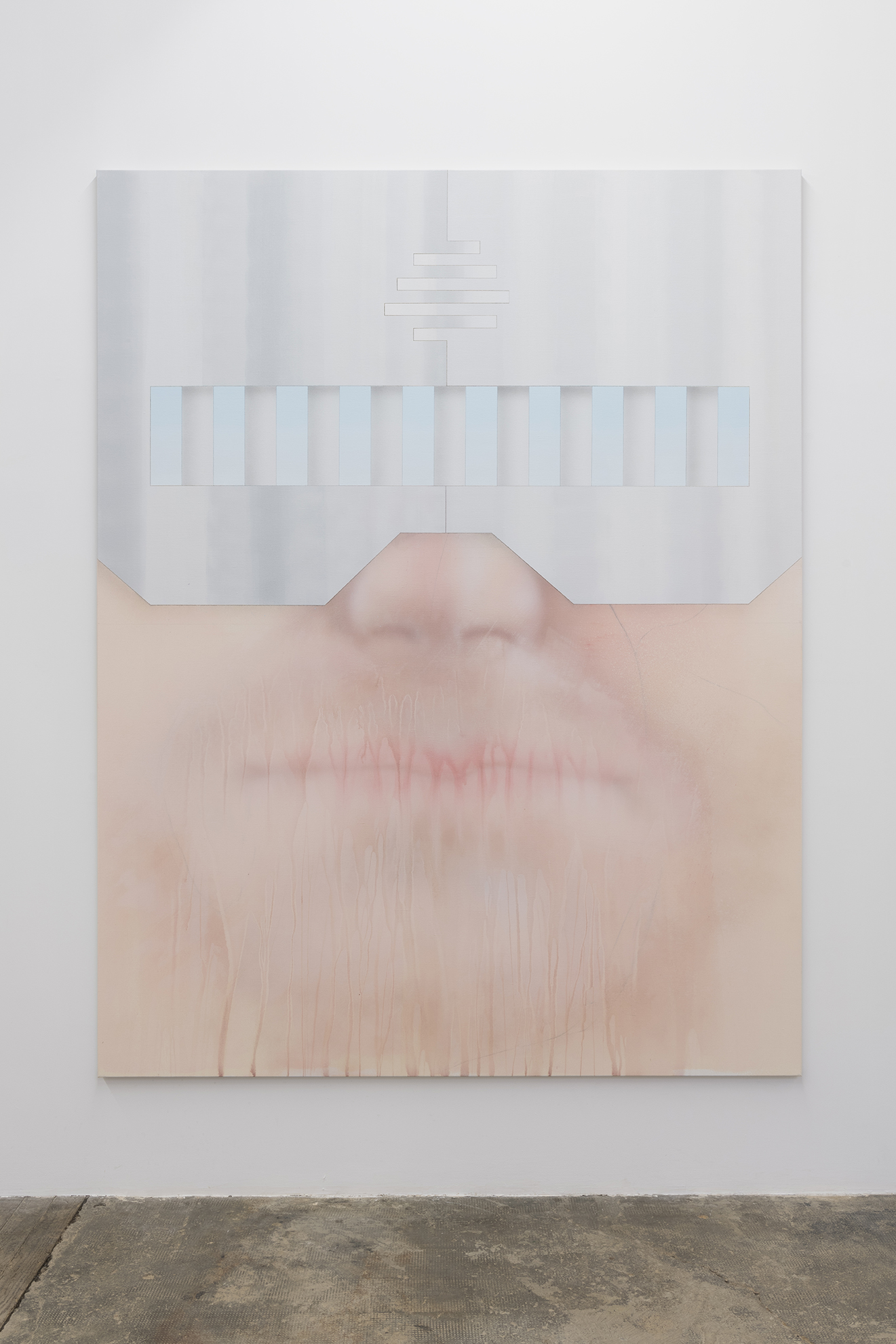
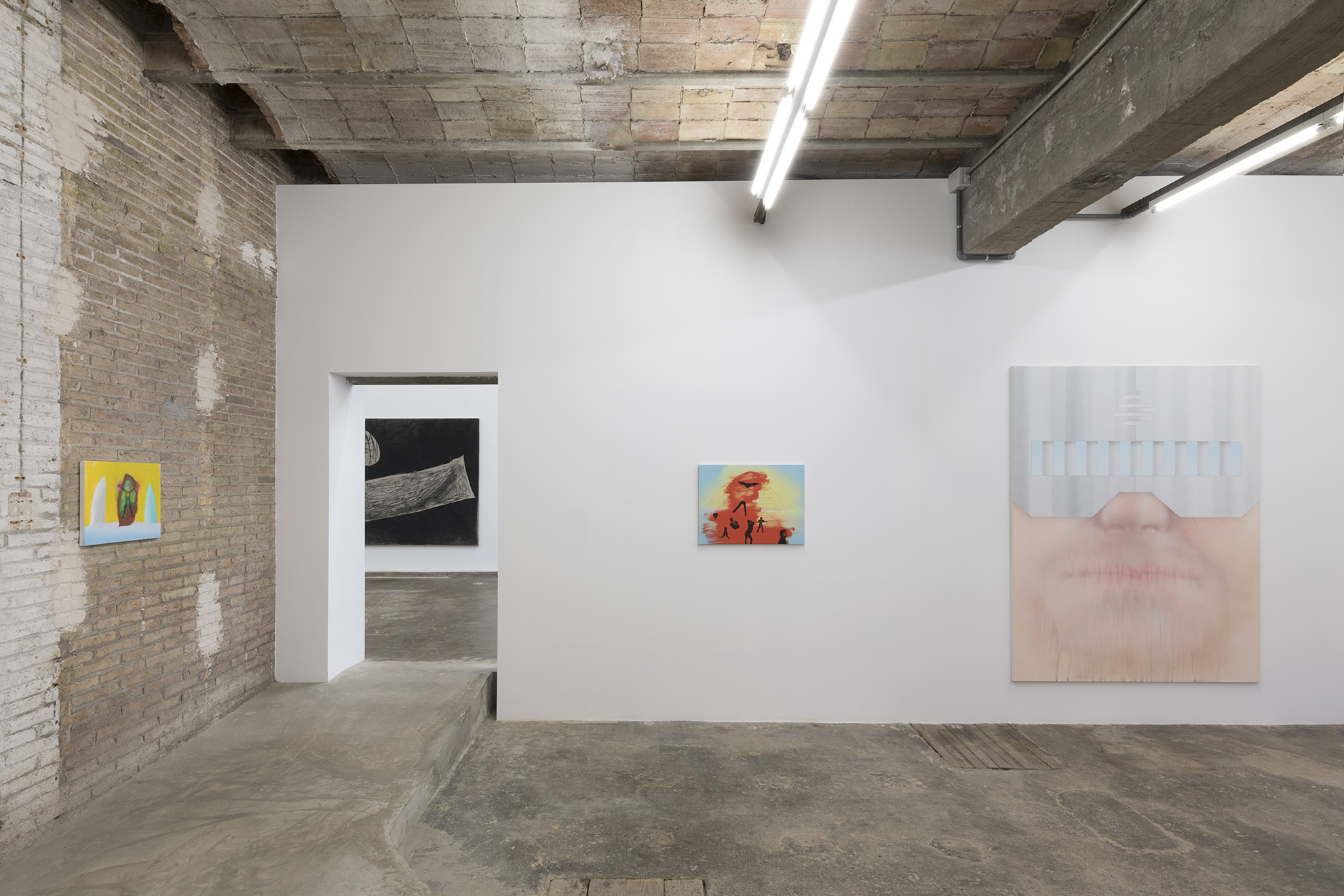
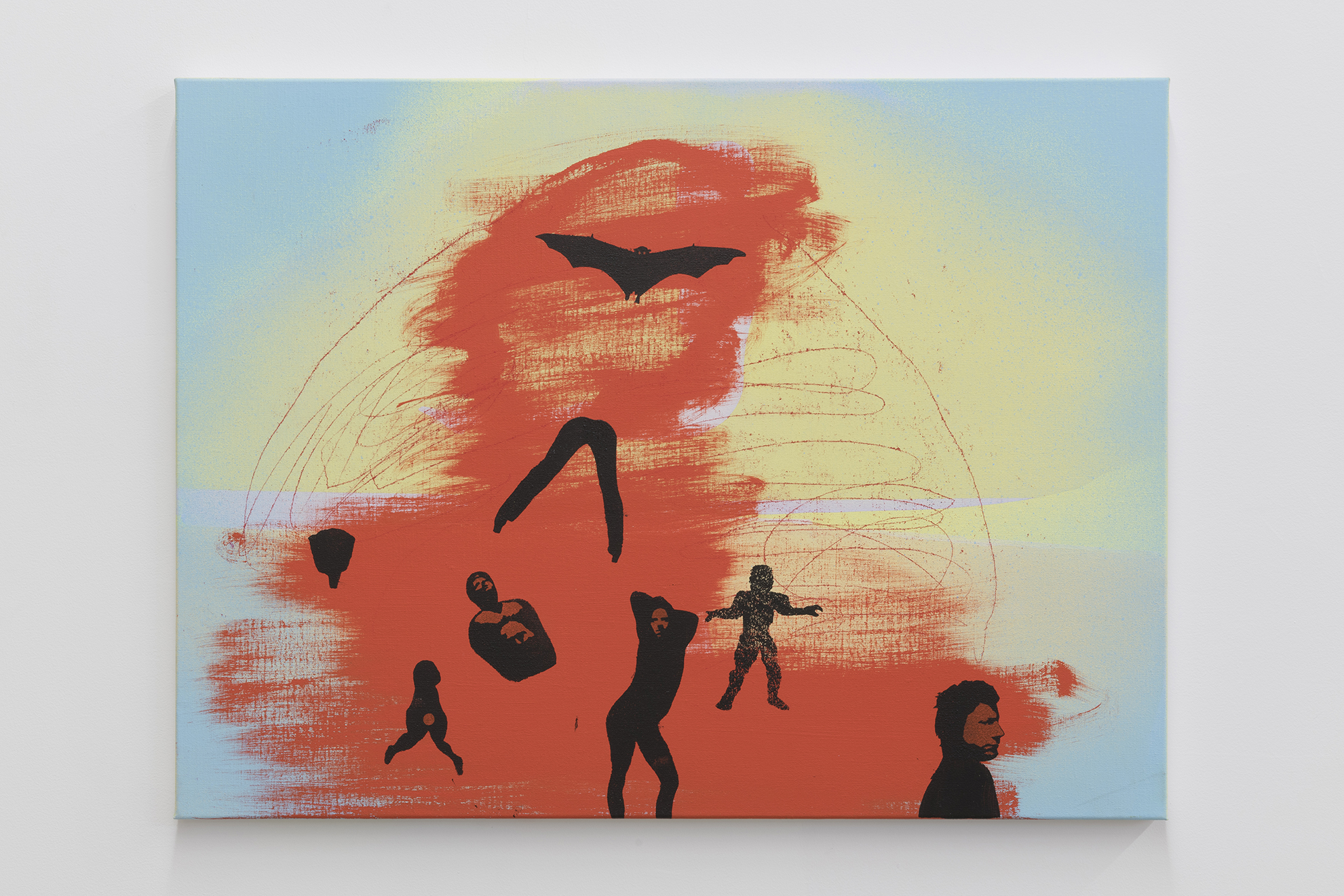
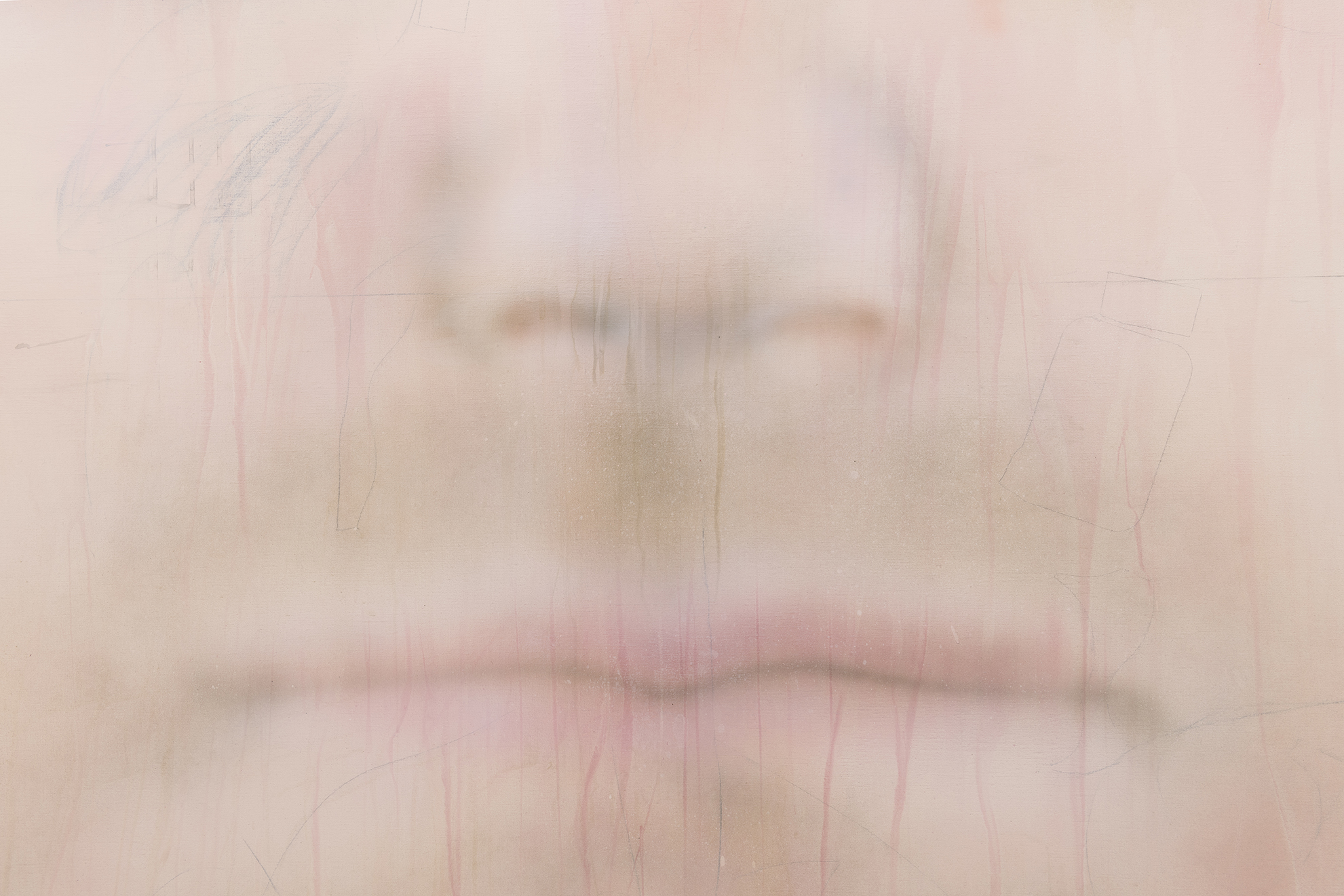
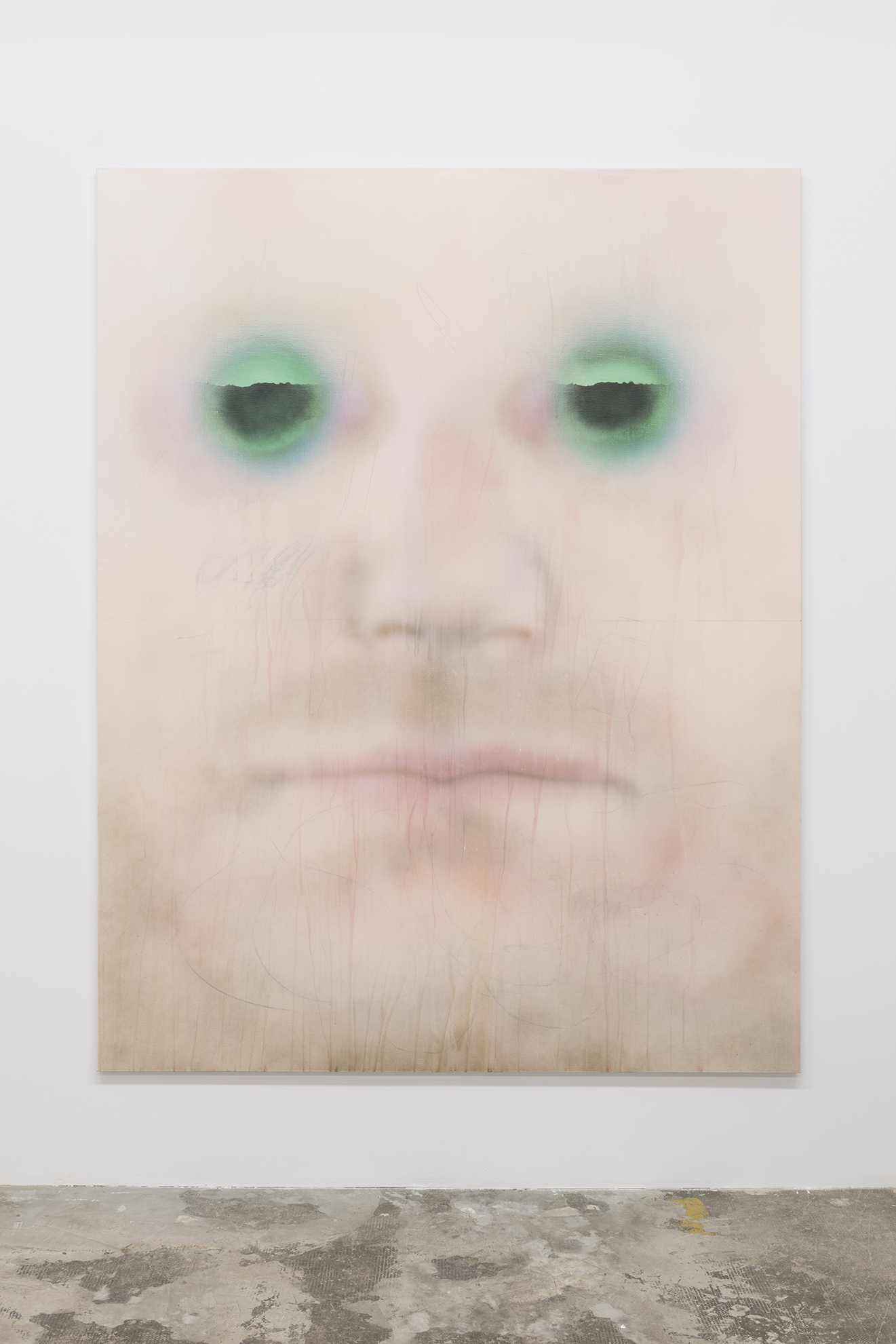

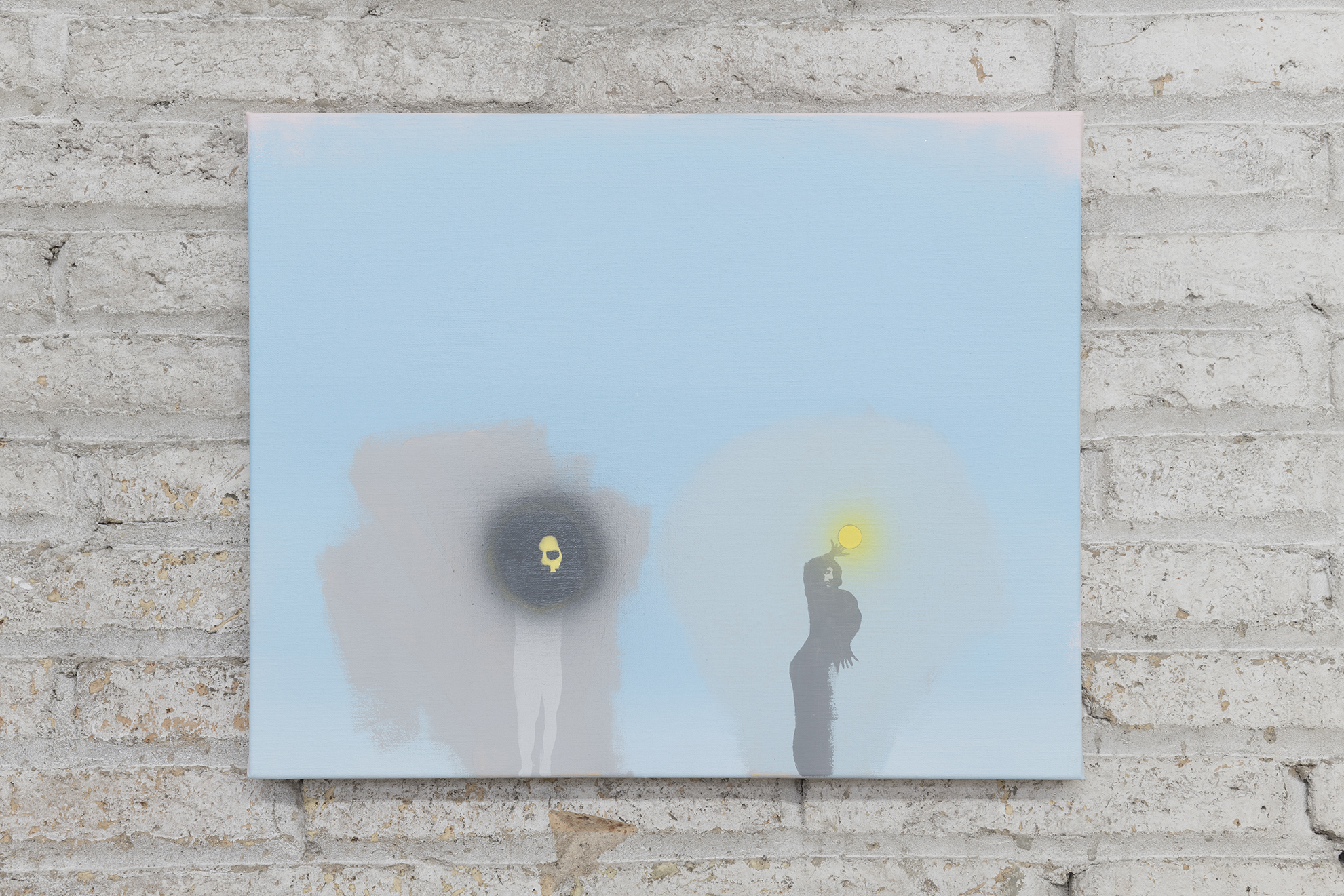
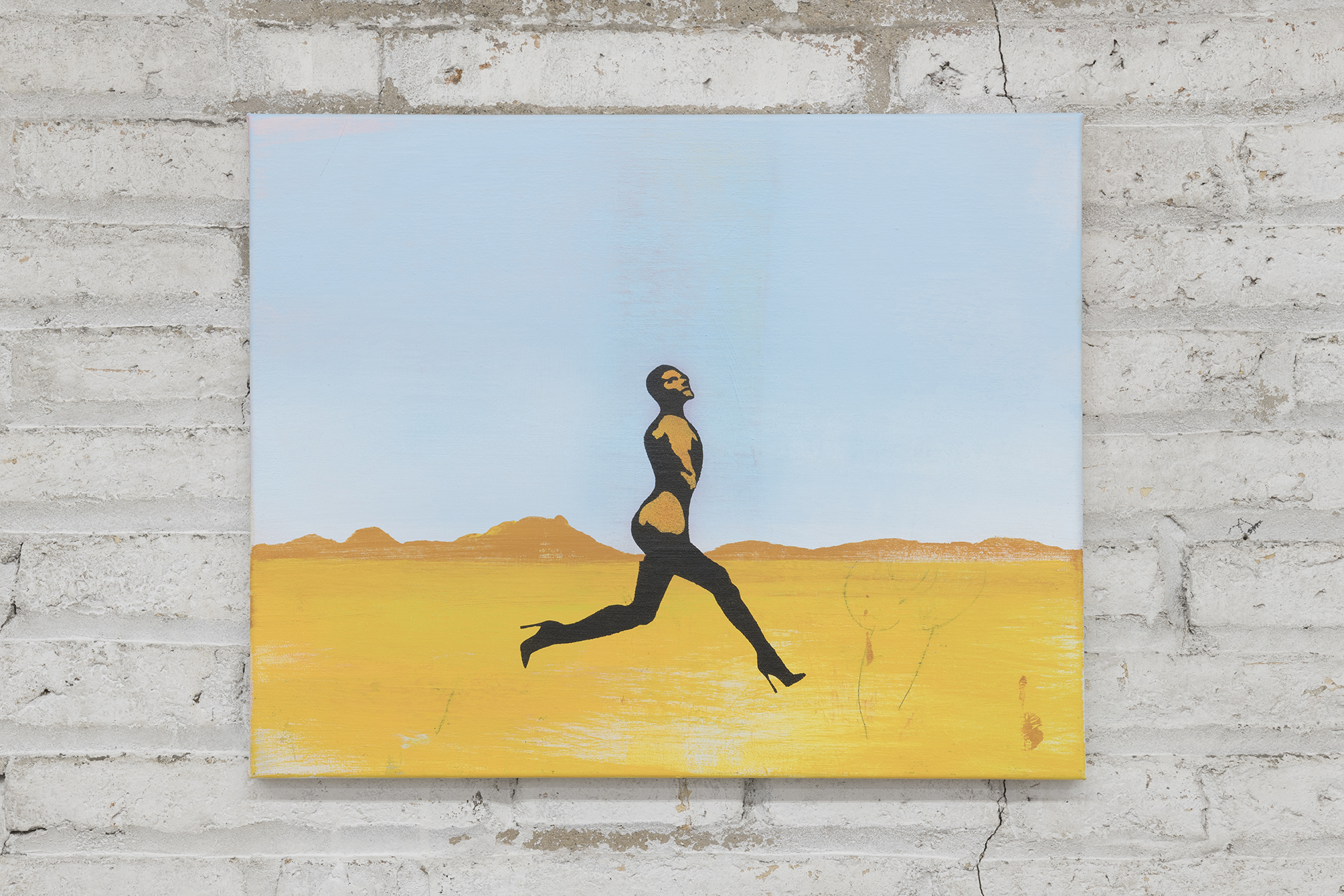
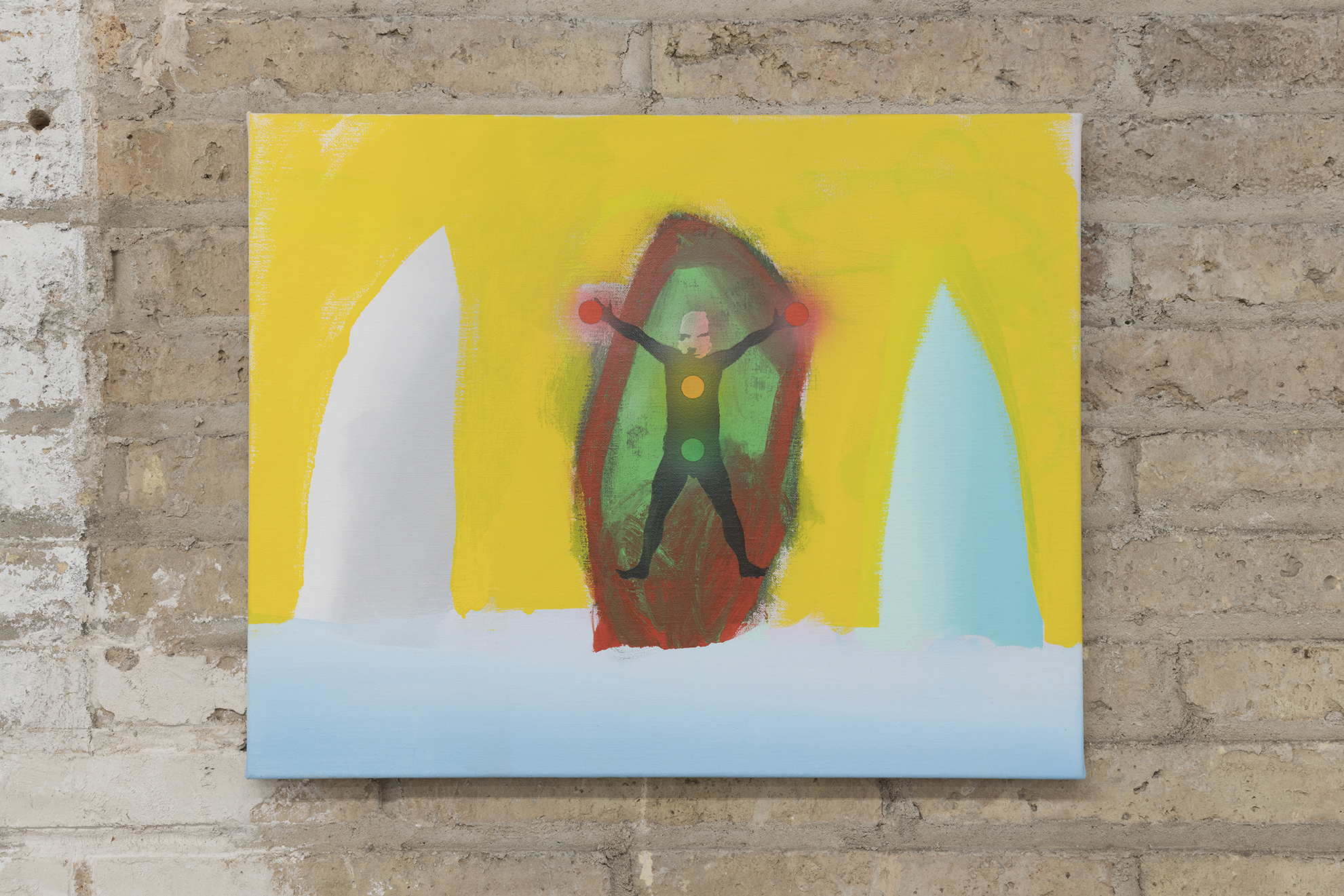
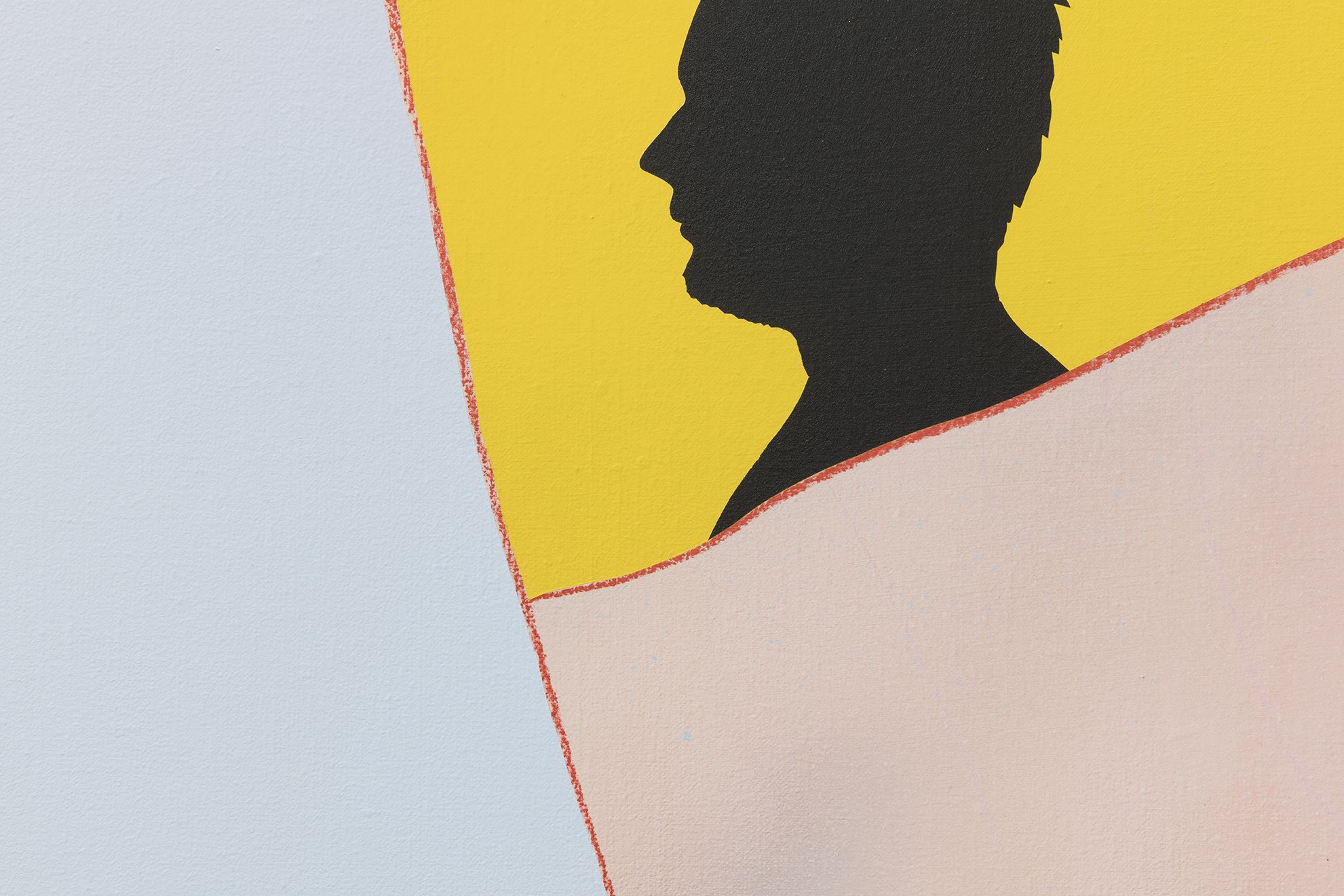
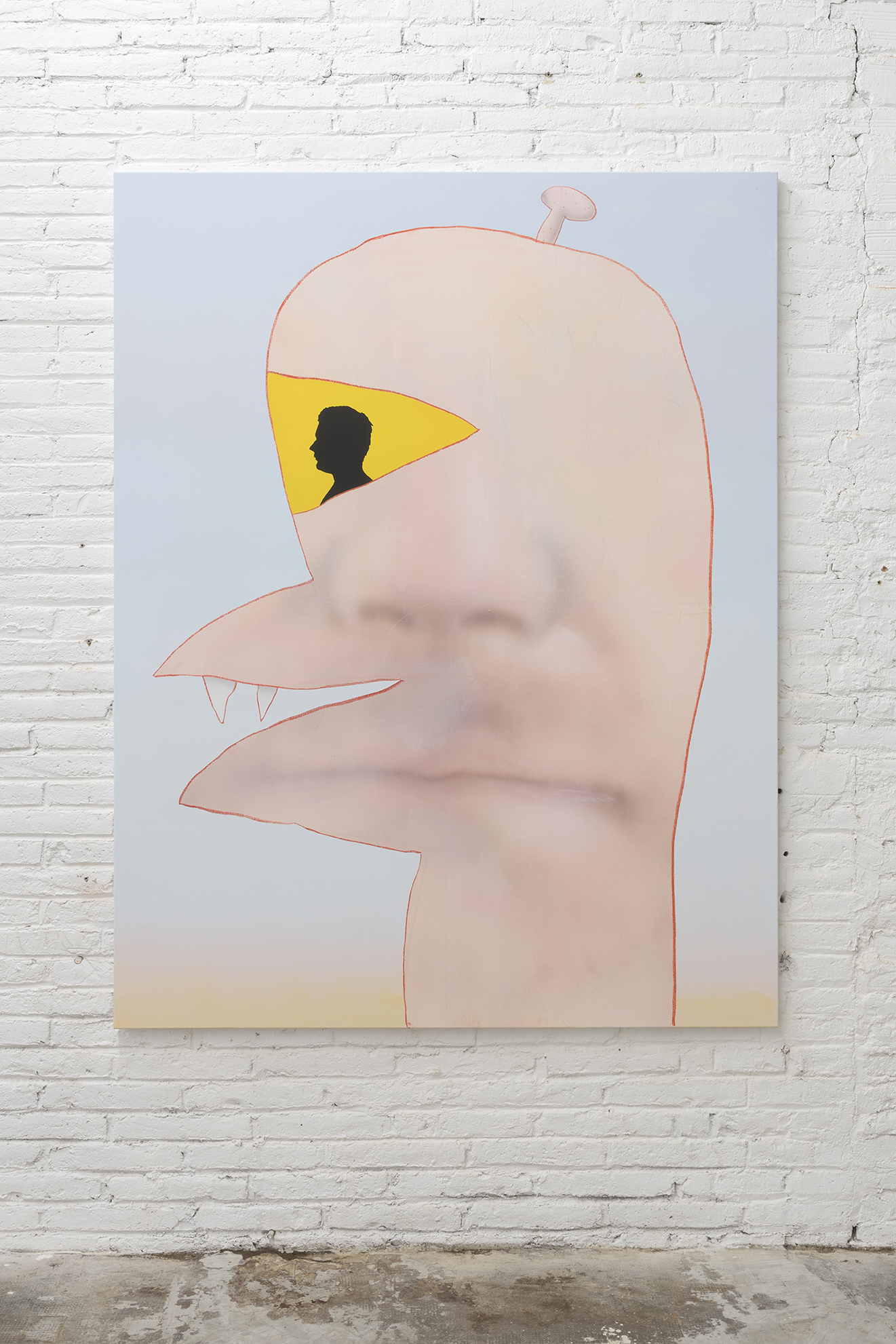
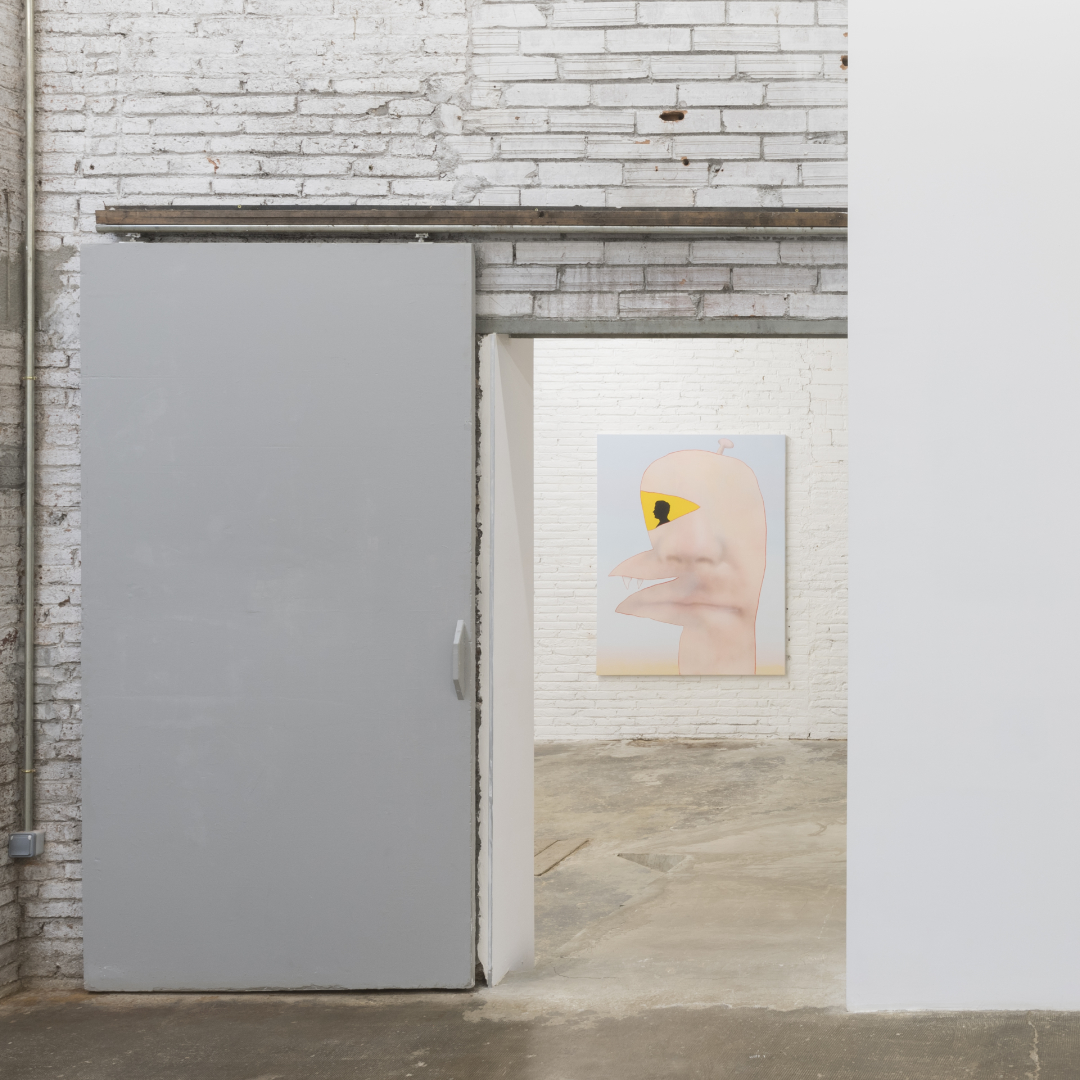
The circumstances of the last two years have brought about an unprecedented hybridisation with technology, so the work of Julien Meert (Brussels, 1983), presented in the gallery's Room B, now takes on a disturbing timeliness. What otherwise could have been the exhibition of a strikingly original artist, fascinated by science fiction and the impact of cybernetics on our lives, instead becomes a disturbing reflection on the role of the human, as and when the world is reduced to a string of faces on never-ending screens.
Starting with a distorted image of himself, Meert pieces together a gallery of mutant characters whose flesh is arranged in strange forms. Some of these forms are reminiscent of robotic humanoids, while others are like macrocephalic beings of an unknown texture. In all cases, the paintings are realised with feverish meticulousness, giving this odd "new flesh" an opaque, synthetic and unsettling appearance. Meert seems to be suggesting that amplifying and exposing our face to infinity does not make us more accessible, nor does it lead to better communication with our fellow human beings. On the contrary, the characters' features seem to become petrified, and they give nothing away, other than the sense of unease and impersonal anguish that comes across in their blurry features.
Regarding the work brought together in "Interface", Julien Meert reminds us that portraiture is a key part of his painting. Throughout his career, the Belgian artist has used his own face in disturbing combinations and distortions. Meert acknowledges that he is interested in reflecting the vertigo of life today, with all its ghastly implications and stimulants. As such, these great facial balloons also reference the frozen images of video calls; the modified flesh of plastic surgery; the cyborg, lost in the orphanhood of their own programming; or the psychonaut trapped in a solipsistic fantasy, fed by virtual reality technology.
"Interface" therefore places us in front of an awkward mirror. Meert's serie, uncanny and disquieting work, of unquestionable painterly skill, invites us to think about the ever-ambiguous ideal of the machine-man. In turn, steel helmets, pupils that shoot infrared beams, and surgically- sealed mouths, following grotesque operations, all become brutal metaphors for our isolation and growing inability to see beyond our own reality.
With its first exhibition by Julien Meert, Galería Alegría brings to Spain an uncomfortable and unusual body of work, which is also very much engaged with today's most urgent debates. It demonstrates that painting can lead to unexpected and disturbing work, which is nevertheless essential if we are to understand the world we live in.